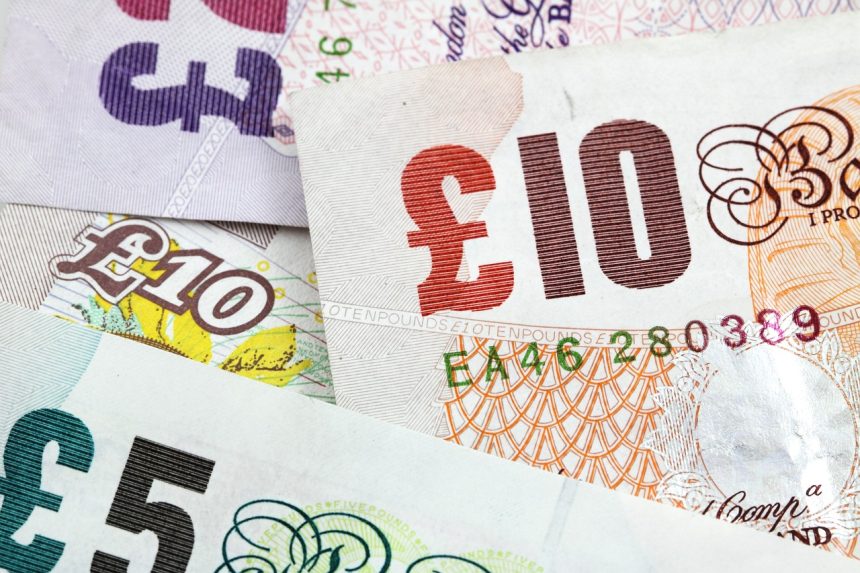Pound Sterling rises to 1.2750 as UK inflation in April remains higher than forecast.
The Pound Sterling (GBP) rose to 1.2750 in Wednesday’s European session. After the United Kingdom’s (UK) Office for National Statistics (ONS) published a slower-than-expected decrease in the Consumer Price Index (CPI) for April. UK inflationary pressures remained greater than expected. But have moderated markedly since March, implying that the Bank of England’s (BoE) higher interest rates are keeping inflation under control.
A steady decay Inflation in the UK is projected to have a negative influence on expectations for BoE rate cuts. Which financial markets expect to begin with the August meeting.
The speculation that the BoE would begin lowering borrowing costs. In August grew after BoE Deputy Governor Ben Broadbent said on Monday: “If things continue to evolve with its forecasts. That suggest policy will have to become less restrictive at some point then it’s possible Bank Rate could be cut sometime over the summer,” Reuters reported.
Daily Market movers: Pound Sterling surges higher vertically on hot UK CPI news.
The pound sterling rises to 1.2750 after the UK ONS released higher than expected growth in consumer price inflation statistics in April. Headline inflation rose 2.3% year on year. Higher than expected at 2.1%, but down from the previous figure of 3.3%. Monthly headline inflation increased by 0.3%, exceeding expectations of 0.2% but falling dramatically from March’s reading of 0.6%.
Annual core inflation in the United Kingdom increased by 3.9%, putting pressure on the Bank of England to lower interest rates in August.
The UK’s annual core CPI data, which excludes volatile items such as food and energy costs. Increased by 3.9% (YoY), above the consensus of 3.6%. But slowing from March’s figure of 4.2%. The Bank of England uses core inflation data to make interest rate decisions. Though inflation accelerated beyond estimates, it is on track to revert to the 2% objective.
On the other side of the Atlantic, confusion about when the Federal Reserve (Fed) will begin lowering interest rates has grown. Fed policymakers advised maintaining interest rates.
at their current levels until they see proof that inflation will fall consistently to the desired rate of 2%. Although progress in the disinflation process has resumed. After stopping for three months at the start of the year, Fed members are skeptical that it will persist long.
Like other Fed policymakers, Cleveland Fed Bank President Loretta Mester stated on Tuesday that she wants to see inflation fall for a few more months to ensure that it is on track to return to 2% before considering rate decreases.
The next move in the US dollar will be influenced by the FOMC minutes.
The US Dollar (USD) is in a sideways trend as the Fed’s hawkish attitude on interest rates has supported the downside, despite firm speculation that the central bank would begin cutting interest rates from the September meeting. has curtailed the upside. Investors will now focus on the Federal Open Market Committee (FOMC) minutes for the May meeting, which will be released on Wednesday. The FOMC minutes will provide more information about the interest rate forecast.









